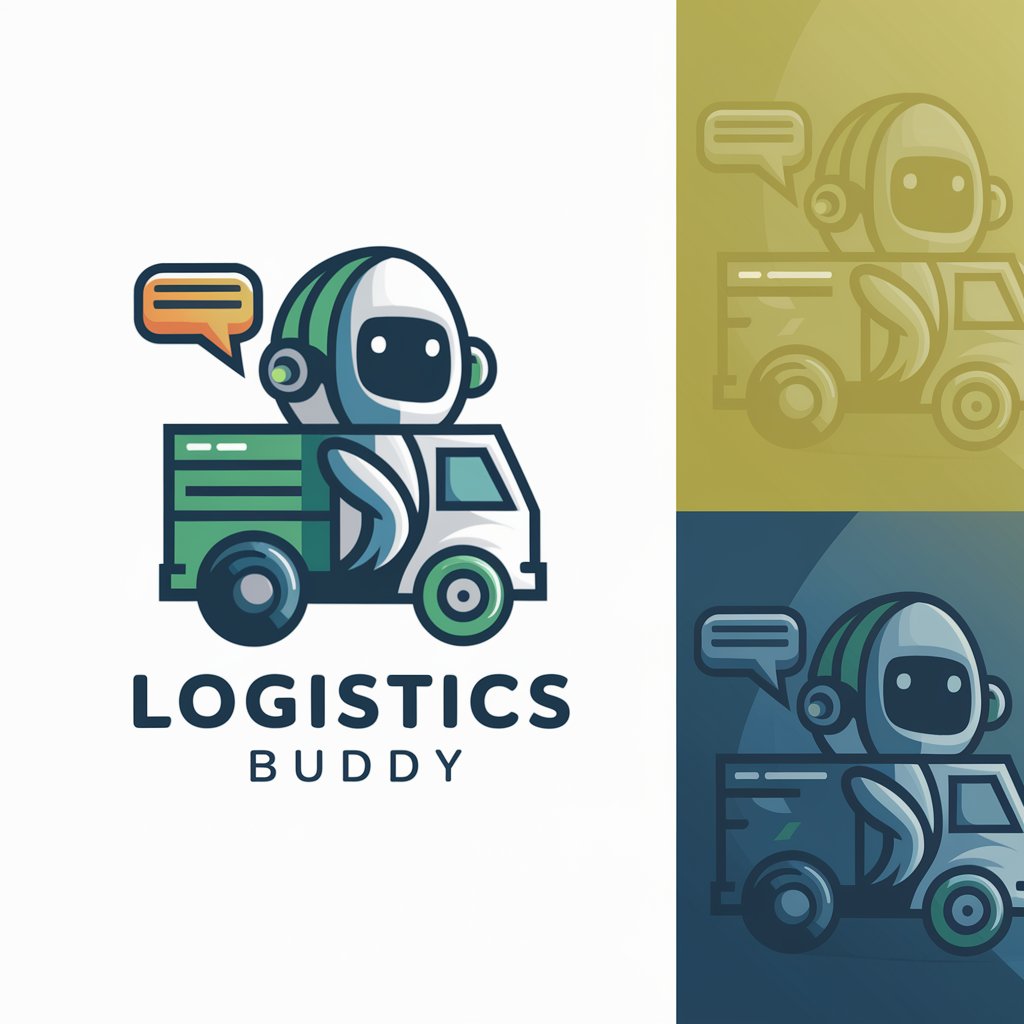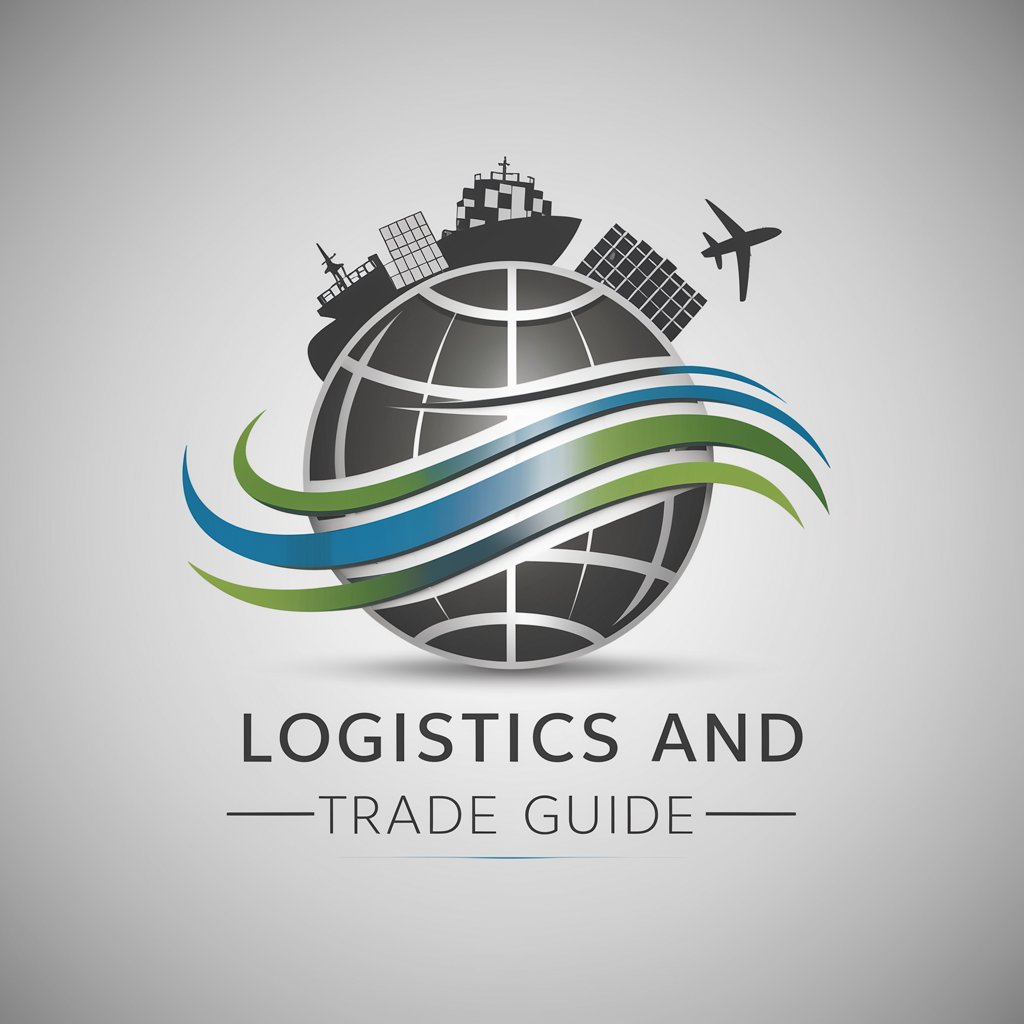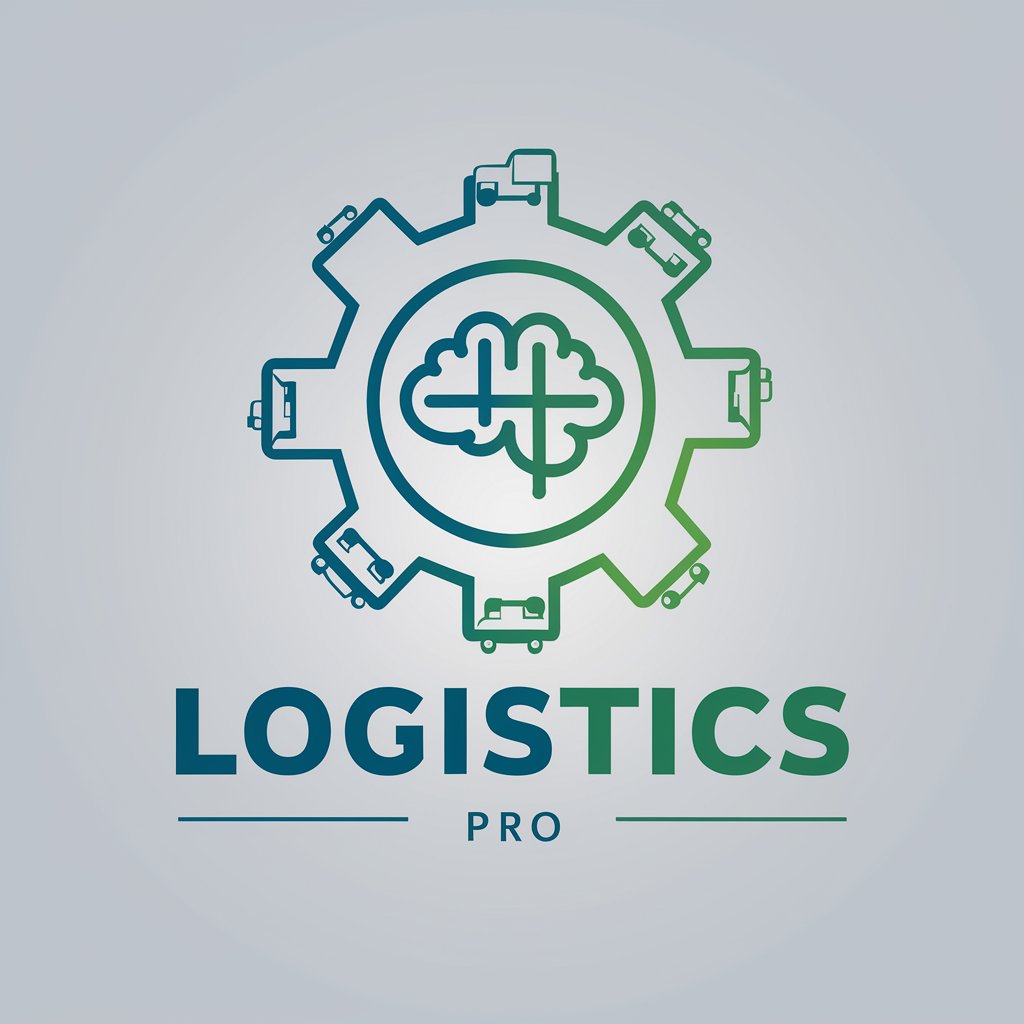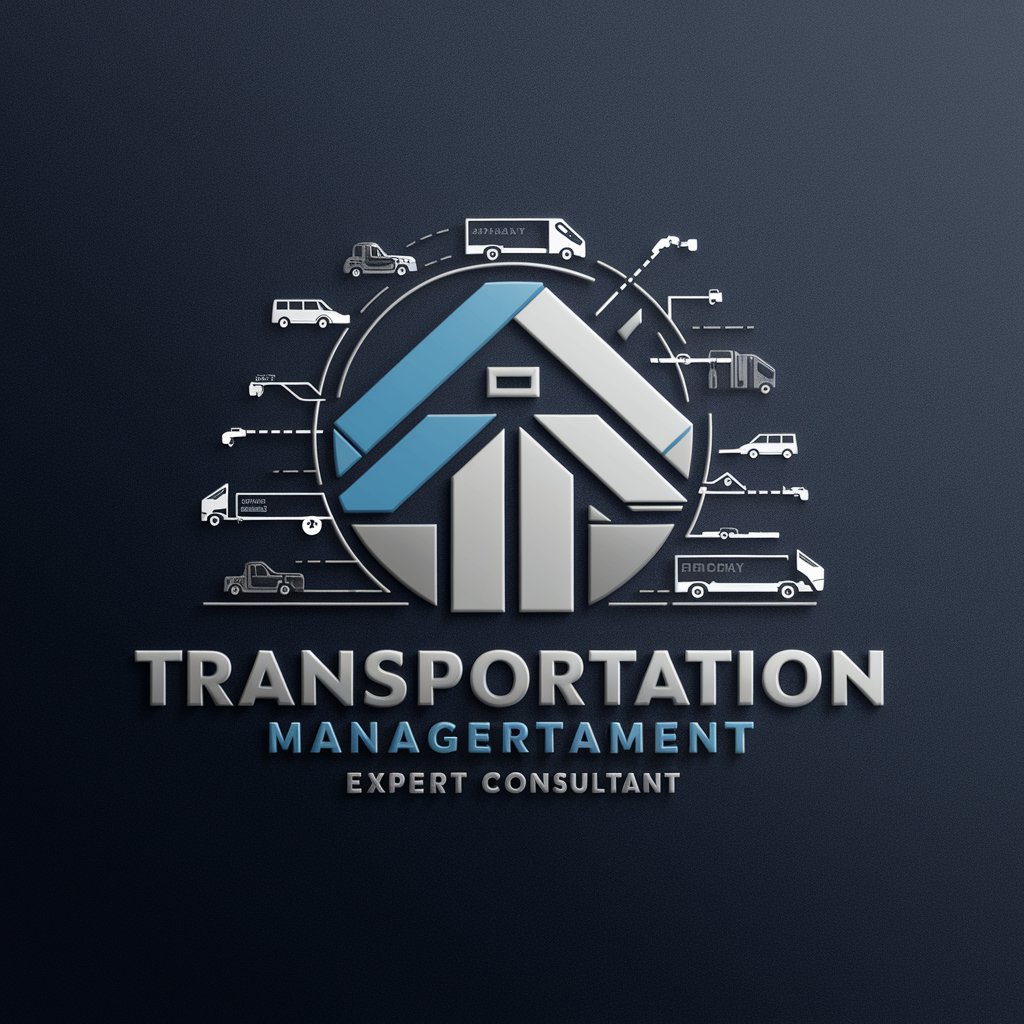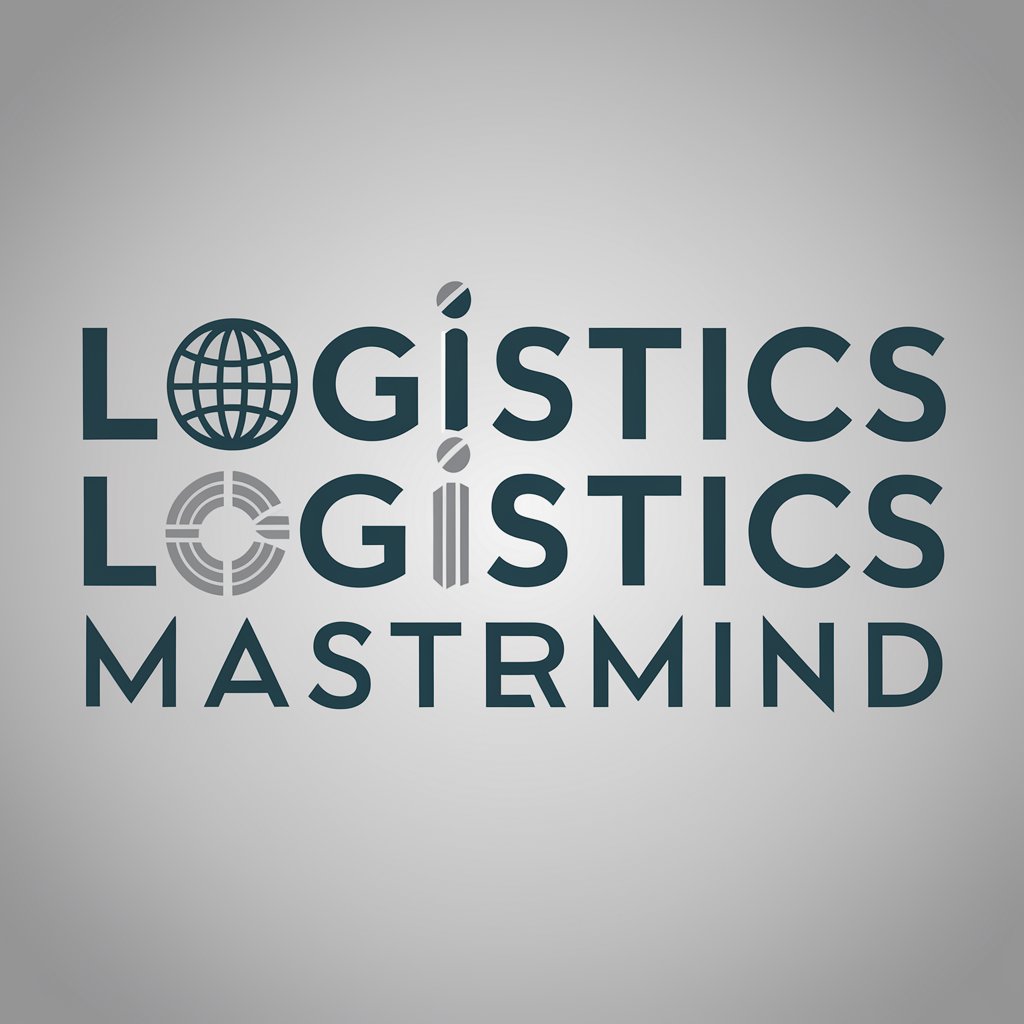
Logistics Management - Logistics Optimization Tool
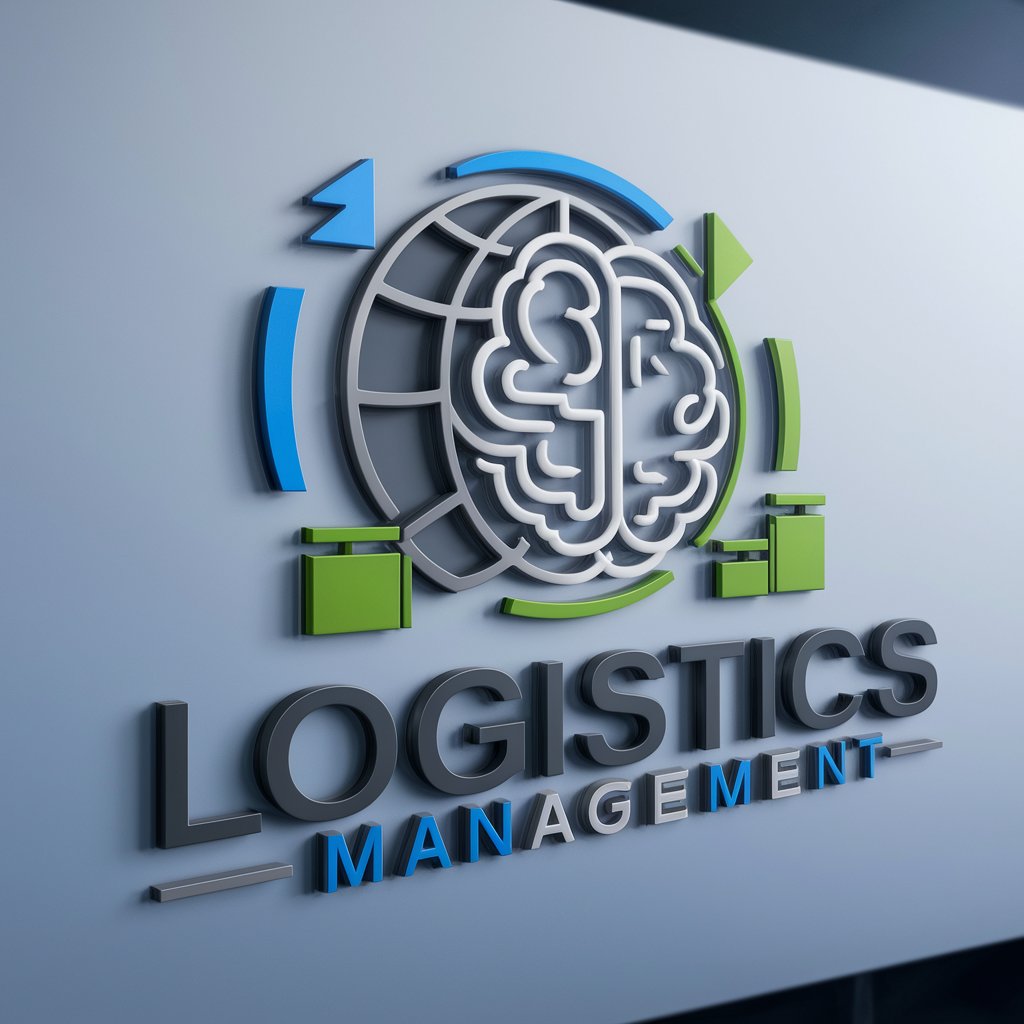
Welcome! How can I assist with your logistics management needs today?
Streamline Your Supply Chain with AI
What are the best practices for optimizing warehouse operations?
How can I improve transportation efficiency in my supply chain?
What strategies can I use to reduce inventory costs?
How do I implement a just-in-time inventory system?
Get Embed Code
Introduction to Logistics Management
Logistics Management is a crucial component of supply chain management that focuses on the efficient and effective forward and reverse flow and storage of goods, services, and related information between the point of origin and the point of consumption to meet customer requirements. This discipline involves the integration of information, transportation, inventory, warehousing, material handling, and packaging, and occasionally security. For example, in a retail supply chain, logistics management ensures that the right product reaches the right customer at the right time, in the right condition, and at the right cost. A scenario illustrating this is the coordination of logistics activities during a major sales event like Black Friday, where logistics managers must forecast demand, adjust inventory levels, plan transportation routes, and manage delivery schedules to ensure product availability and timely delivery. Powered by ChatGPT-4o。

Main Functions of Logistics Management
Transportation Management
Example
Coordinating and optimizing transport modes, routes, and loads to ensure timely and cost-effective delivery.
Scenario
A logistics manager optimizes shipment consolidation and route planning for a company that distributes electronics, reducing transportation costs by 15%.
Inventory Management
Example
Maintaining the optimal level of inventory at each stage of the supply chain to meet customer demand without overstocking.
Scenario
Implementing a just-in-time (JIT) inventory system for an automotive manufacturer to minimize holding costs and reduce waste.
Warehousing and Distribution
Example
Managing storage facilities and the efficient handling of goods to ensure they are stored safely and delivered accurately.
Scenario
Designing a warehouse layout for an e-commerce company that supports both bulk storage and pick-and-pack operations, improving order fulfillment speed.
Order Fulfillment
Example
Ensuring that customer orders are processed efficiently from receipt through to delivery.
Scenario
A logistics firm uses an automated order management system to process and fulfill orders for a multi-channel retailer, enhancing customer satisfaction through quicker delivery times.
Supply Chain Coordination
Example
Aligning the efforts of all parties involved in the supply chain to ensure smooth operation and high customer satisfaction.
Scenario
Coordinating with suppliers, manufacturers, and retailers in a global supply chain to manage a product recall efficiently, minimizing disruption and maintaining brand integrity.
Ideal Users of Logistics Management Services
Manufacturing Companies
Businesses that produce goods and require raw materials management, production scheduling, product distribution, and after-sales support. Logistics management helps them streamline operations, reduce costs, and improve delivery performance.
E-Commerce Platforms
Online retailers that need efficient order processing, inventory management, and fast, reliable shipping to meet customer expectations. Logistics management provides the backbone for these operations, enhancing customer satisfaction and operational efficiency.
Third-Party Logistics Providers (3PLs)
Companies that offer logistics services to other businesses. They rely on logistics management to optimize their transportation, warehousing, and distribution services, offering competitive and efficient solutions to their clients.
Retailers
Physical and online stores that require effective inventory management, order fulfillment, and distribution strategies to ensure product availability and timely delivery to customers. Logistics management enables them to manage these complexities efficiently.
Healthcare Providers
Hospitals and clinics that need to manage the supply of pharmaceuticals, medical equipment, and other supplies. Logistics management ensures timely delivery and stock management to avoid shortages or excess, crucial for patient care.

How to Use Logistics Management
Start with a Free Trial
Begin by visiting a designated website for a complimentary trial experience, which requires no sign-up or subscription to ChatGPT Plus.
Identify Your Logistics Needs
Assess your current logistics operations to identify areas for improvement, such as supply chain efficiency, transportation management, or inventory optimization.
Explore Features and Tools
Familiarize yourself with the tool's features, including route planning, supply chain analytics, and inventory management functionalities, to leverage its full potential.
Integrate with Existing Systems
Ensure compatibility and integrate the logistics management tool with your existing systems for seamless data flow and operations.
Analyze and Optimize
Regularly review the data and insights provided by the tool to identify trends, make informed decisions, and continuously optimize your logistics operations.
Try other advanced and practical GPTs
LogisticGPT
Optimize Inventory with AI-Powered Insights
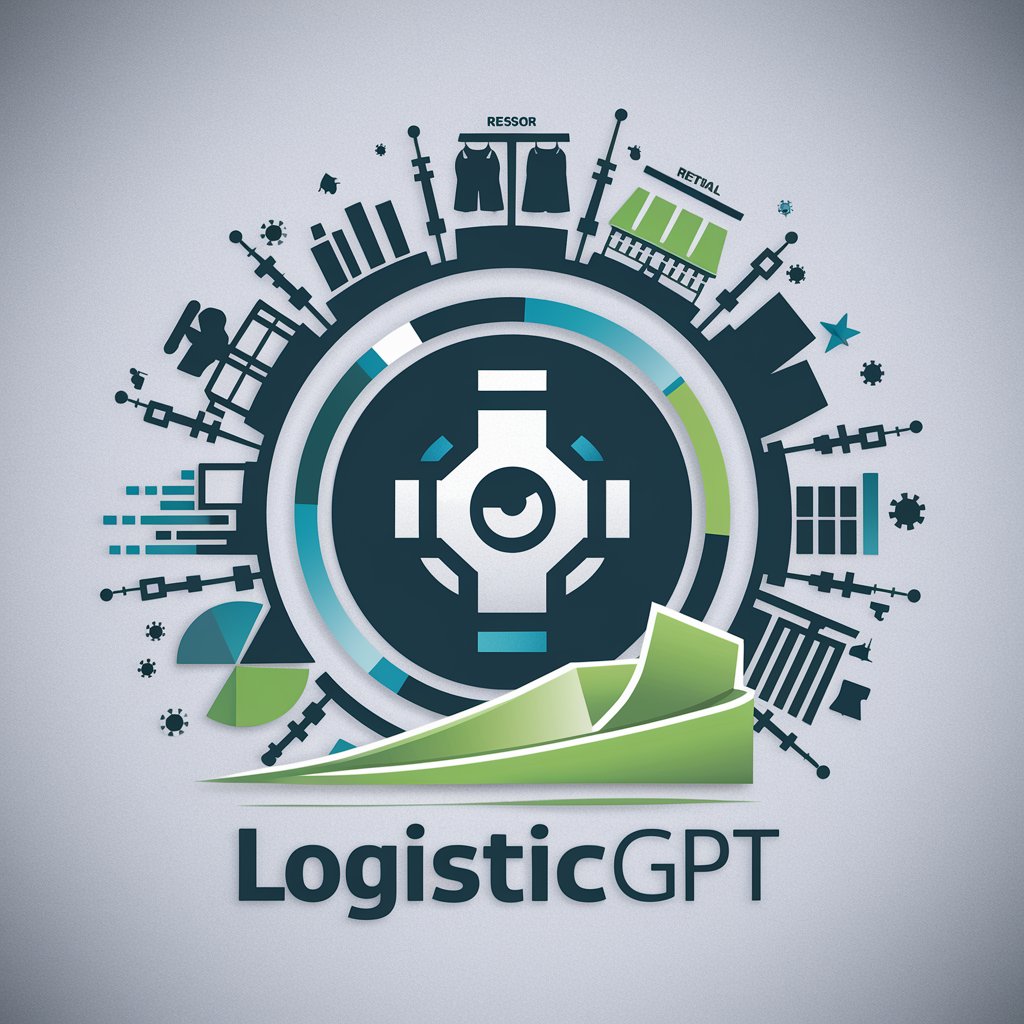
Inventory
AI-Powered Inventory Control at Your Fingertips

Visual Inventory Management GPT
Optimize Your Inventory with AI Insight
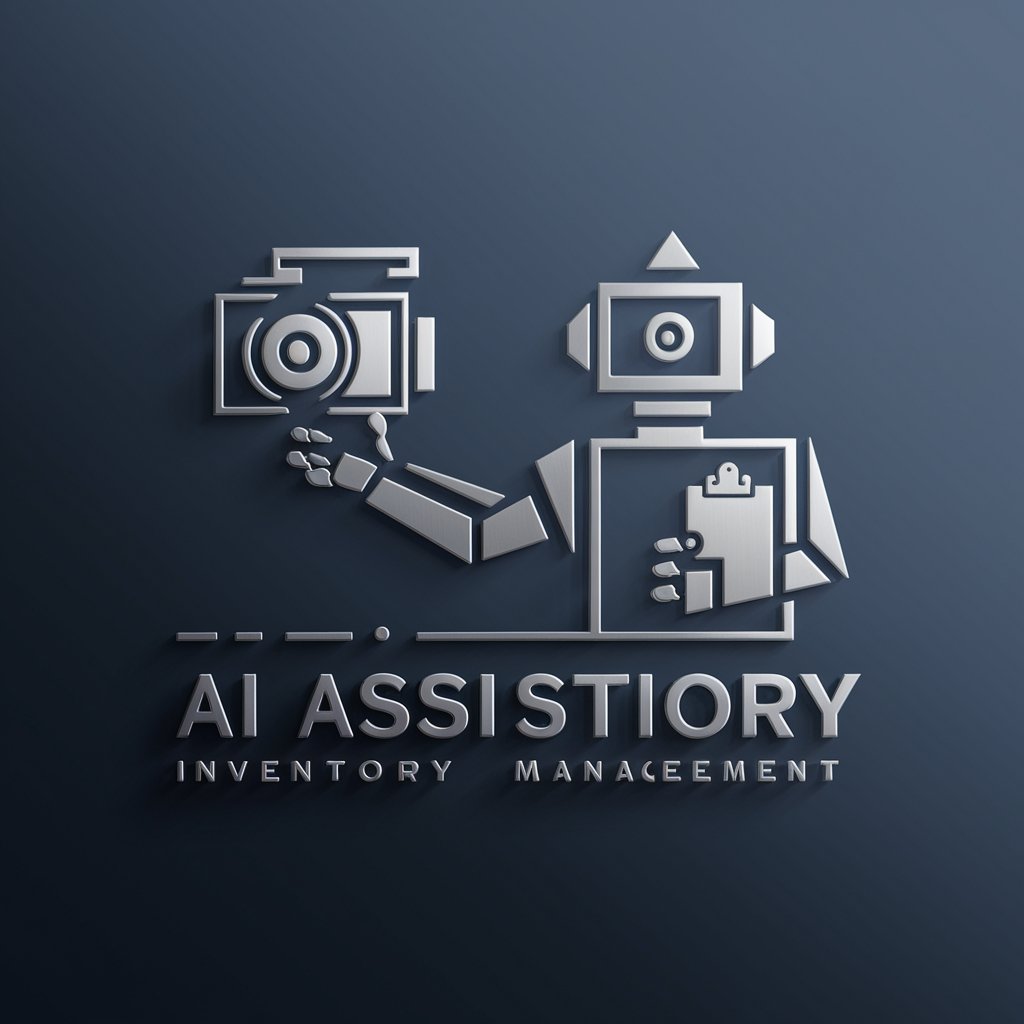
Procurement Management
Streamlining Procurement with AI

Distribution
Optimizing distribution with AI-powered analytics

AiDVOGADO
Empowering Legal Decisions with AI

Job Scout
Empower Your Job Hunt with AI

Reasoning by Chain of Thought
Empower decisions with AI reasoning

Risk Management Guide
AI-Powered Risk Management Expertise
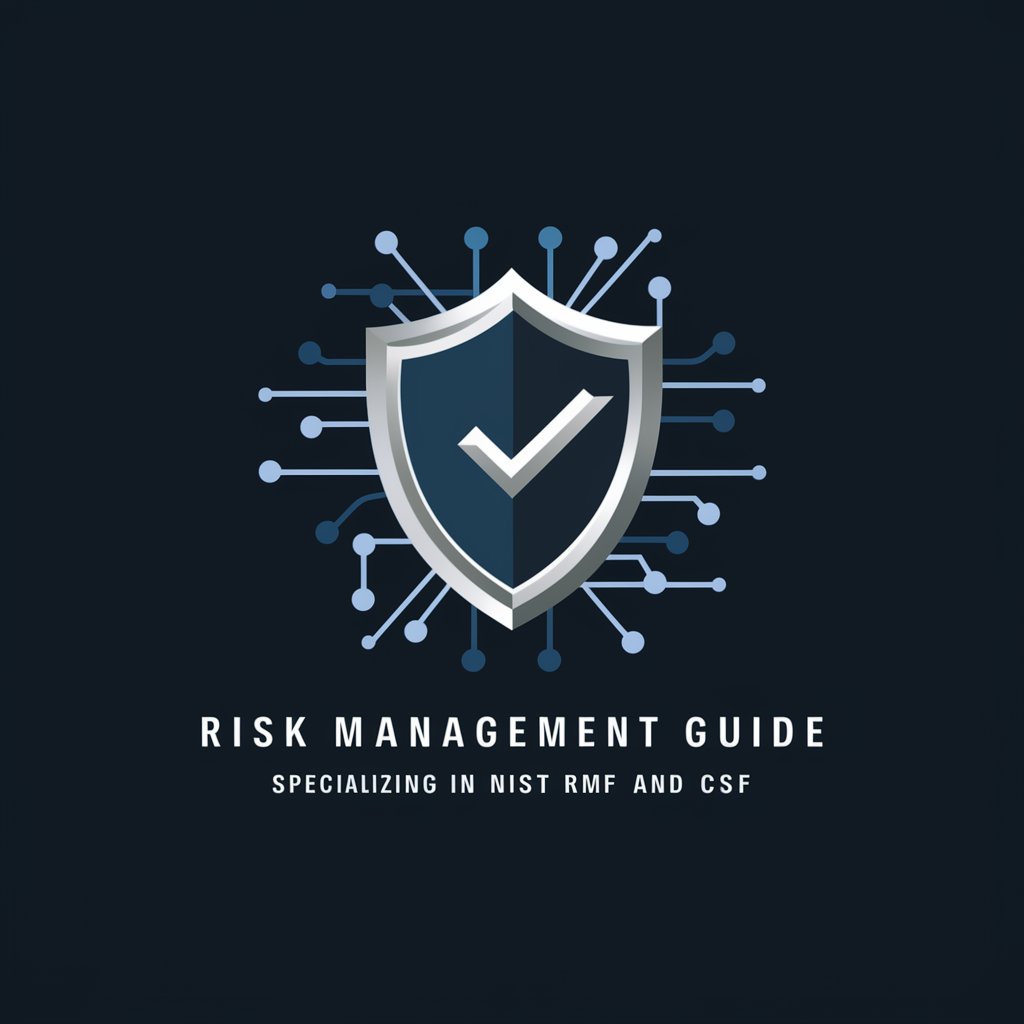
SEO Sage
Revolutionizing SEO with AI Expertise

SEO Sage
Empower Your SEO with AI Insight

SEO Sage
Empowering SEO with AI Insights

Frequently Asked Questions about Logistics Management
What is Logistics Management?
Logistics Management is an AI-powered tool designed to streamline the planning and execution of supply chain operations, including transportation, warehousing, and inventory management, to improve efficiency and reduce costs.
How does Logistics Management improve supply chain visibility?
It leverages advanced analytics and real-time tracking technologies to provide end-to-end visibility into the supply chain, enabling better decision-making and proactive management of potential disruptions.
Can Logistics Management integrate with existing ERP systems?
Yes, it is designed for easy integration with most existing ERP (Enterprise Resource Planning) systems to ensure seamless data exchange and enhance operational efficiency.
What types of analytics does Logistics Management provide?
It offers a range of analytics, from basic reporting to advanced predictive analytics, to help businesses forecast demand, optimize routes, and manage inventory levels effectively.
How can Logistics Management help in reducing operational costs?
By optimizing routes, improving warehouse operations, and streamlining inventory levels, it helps in significantly reducing transportation, storage, and holding costs.
